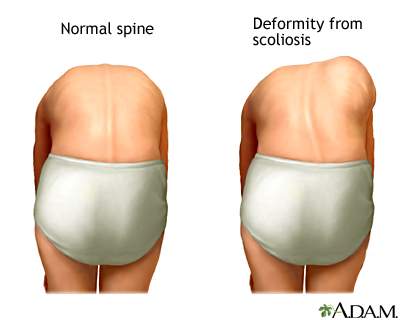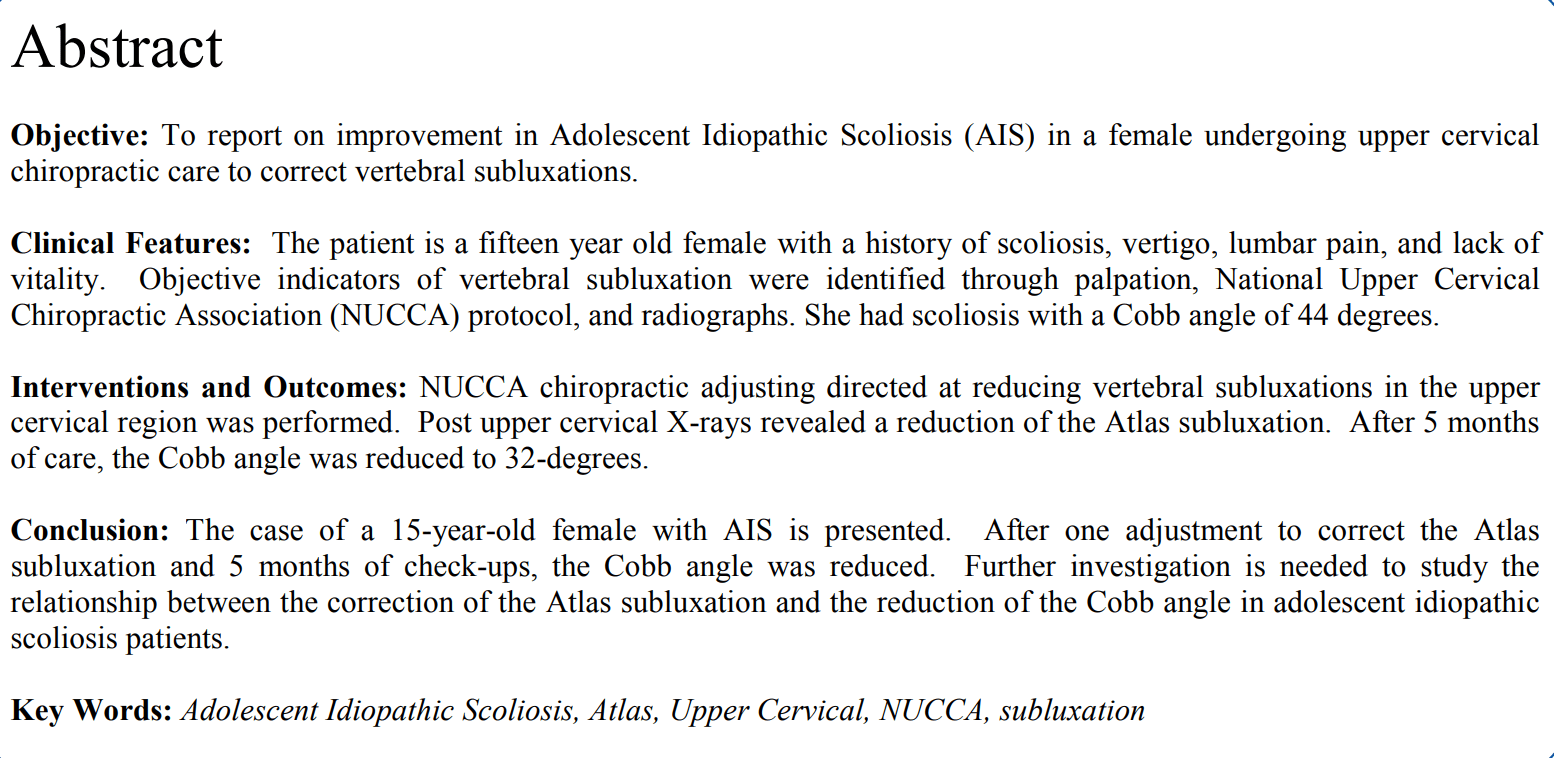Identifying Scoliosis Early: What You Need to Know
Scoliosis often shows up during those rapid growth spurts right before puberty. Normally, our spines have a natural S-shaped curve when viewed from the side but should look straight from the front. If your spine curves more than 10 degrees when viewed from the front, that’s what’s known as scoliosis. Most people with scoliosis don’t need special treatment and just get regular check-ups. However, this isn’t always the case.
Scoliosis can affect both boys and girls, but it’s more common in girls. In girls, the curvature can worsen quickly and might need precise treatment. We don’t know exactly why scoliosis happens, but it’s thought that rapid growth during puberty, especially in girls, can make the curve worse. When scoliosis shows up during this growth spurt, it’s called idiopathic scoliosis, and this is the most common type.

Scoliosis: Age and Gender Matters
Back in 2011, researchers from Korea University looked at a million kids to see how common scoliosis was. Scoliosis is when your spine curves sideways instead of being straight. They found that about 3 out of every 100 Korean students had it. Girls were more likely to have scoliosis than boys – around 5 in 100 girls compared to 2 in 100 boys. The age group most affected was 10 to 12-year-old girls, where almost 6 in 100 had it.
Turns out scoliosis is pretty common among growing children in Korea, and it looks like it’s becoming even more widespread. Plus, chances of having it really depend on how old the child is and whether one is a guy or a girl.

Image Source https://medlineplus.gov/ency/imagepages/19465.htm
Scoliosis: Adams Forward Bend Test
Here’s the deal with the study. Out of about 78,000 kids who seemed like they might have scoliosis during a simple bend over test, only 37,000 actually had it when they got X-rays. That means more than half the time, the first test was a false alarm. But, it’s still super important to catch scoliosis early, so this quick test is actually pretty useful.
When a child is asked to bend forward with their legs together facing away from a parent, we’re looking for a noticeable asymmetry in the ribs. Here’s what to watch for:
- Is there a noticeable unevenness or asymmetry along the spine and rib cage when a child is standing or bending forward?
- Is there a noticeable “hump” on one side of the ribs?
- Is there a noticeable shoulder unevenness?
- Is the waistline even?
As we mentioned, this exam isn’t conclusive on its own, but here’s the thing: scoliosis doesn’t always hurt at first. That’s why catching it early is key, especially when kids are still growing. Treatment isn’t about fixing it completely; it’s more about slowing it down, helping kids feel less stressed about it, and avoiding serious back problems later on.

A Case Report: Improvement in Adolescent Idiopathic Scoliosis in a Patient Undergoing Upper Cervical Chiropractic Care
Dr. Dickholtz, Sr., a NUCCA chiropractor, measured the patient’s posture and showed that the patient’s right hip was rotated 4° and her pelvis was shifted 3° to the right. Then, he took full spine X-rays and found a 44° curve in her low back spine. After then, he took additional NUCCA X-rays in the head and neck to find the atlas misalignment in the upper neck. After 5 months since the initial treatment, the patient had reduced from 44° to 32° in her lower back.
The patient returned for weekly check-ups for the following 5 weeks since the first adjustment, then every other week for 2 months, and then once every 1-2 months for the rest of the first year, totaling 15 check-ups. The patient had a total of 35 visits over a period of 4 years and 2.5 months, with only 5 visits requiring an Atlas adjustment.
Upper Cervical Chiropractic in Wheeling, Illinois
NUCCA chiropractic has been widely accepted procedure to help with correcting the posture, balance, and relieving pain. Upper cervical chiropractic care focuses on correcting the head and neck spinal misalignment. When the atlas spine in the upper neck is misaligned, this results in muscle tone imbalance that leads to poor posture that translates into chronic neck pain. To find out more about NUCCA chiropractic in Northwest Suburbs of Chicago, call to schedule a consultation appointment by calling at (847) 497-5003.
| Reference |
| Suh, S. W., Modi, H. N., Yang, J. H., & Hong, J. Y. (2011). Idiopathic scoliosis in Korean schoolchildren: A prospective screening study of over 1 million children. European Spine Journal, 20(7), 1087-1094. https://doi.org/10.1007/s00586-011-1695-8
Khauv, K. B., & Dickholtz, M. Sr. (2010). Improvement in adolescent idiopathic scoliosis in a patient undergoing upper cervical chiropractic care: A case report. J. Pediatric, Maternal & Family Health, 136-142. https://www.physio-pedia.com/Adam’s_forward_bend_test |




